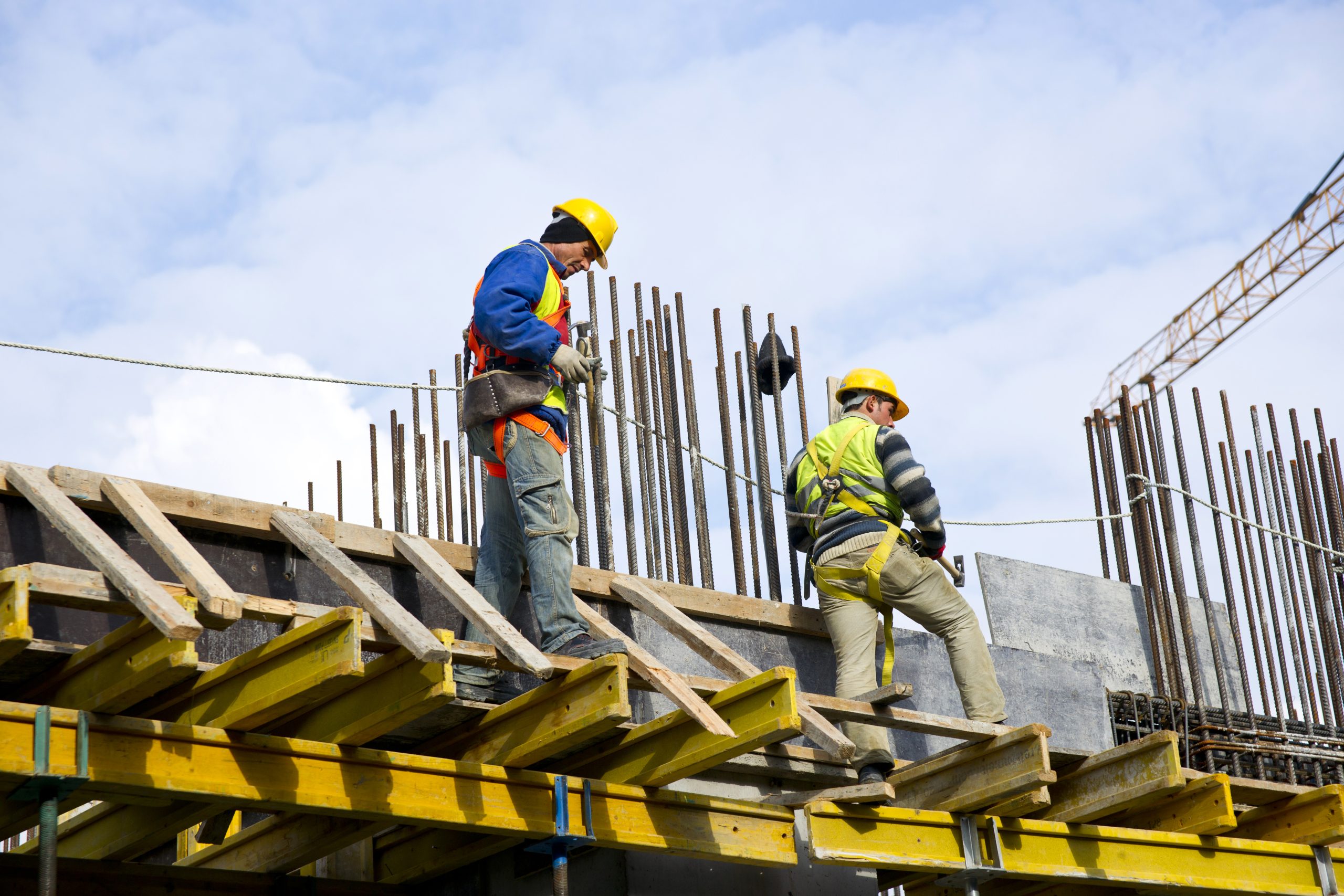Construction is an industry with significant risks. Projects involve a lot of parties and factors wherein if one thing goes wrong, the entire project is affected. To mitigate these risks, stakeholders would need a lot of insurances and bonds to cover a construction project.
Bonds and insurances not only protect the projects’ owners or customers, these can also protect the contractors, suppliers, neighbors, and other stakeholders depending on the nature and coverage.
Here are four (4) of the typical bonds and insurances stipulated in construction project contracts here in the Philippines:
1. Contractor’s All Risk Insurance

Photo Courtesy: Freepik
The Contractor’s All Risk Insurance (CARI) provides a comprehensive coverage of losses and damages to the actual contractual works, plants, machinery, equipment, and injuries. This insurance policy usually covers the agreed contract amount.
2. Performance and Payment Bond
The Performance bond ensures the contractor will execute the work in conformance to the agreed stipulations in the contract. The payment bond assures the owner that the Contractor will fulfill all obligations for workers, subcontractors and suppliers.
There are contracts which specifically required both performance and payment bonds, but usually it is described in one bond: Performance Bond.
As per the Construction Industry Authority of the Philippines, the usual coverage of these bonds is 15% of the contract amount for performance, and 15% for payment bond, translating to 30% for a combined performance bond. Usually, performance bonds are based on the amount of the down payment given to the contractor. The Performance bond expires upon the completion of the contract works or on issuing the certificate of completion.
RELATED: 6 Essential Permits for Your Next Construction Project
3. Guarantee or Warranty Bond

Photo Courtesy: Freepik
The Guarantee or Warranty bond covers the quality of workmanship, the materials installed, and the warranty of equipment which are now part of the delivered project. The guarantee bond covers 10% of the total value of the contract or the amount of retention money kept by the project owner.
During the execution of the project, when the contractor bills for progress billing or milestone billing, 10% of the billable amount is deducted every time. Some contracts stipulate the owner keeps the retention money for one year or on the agreed warranty period. For others, the retention money can be released when the contractor issues a guarantee bond covering the retention amount.
4. Accident Insurance for Workers

Photo Courtesy: Freepik
This is a compulsory insurance policy which is required from the contractor. This protects the contractor’s workers, personnel and officers from accidental death and bodily injury. The usual coverage is around 100,000 pesos per personnel. The contractor pays all premiums for this insurance without passing the costs to his employees and workers.
There are other bonds and insurance policies which are required in a project depending on the complexity of the works, coverage of the CARI, and agreed terms of the owner and contractor. It is the duty of the project manager to ensure that all risks are covered properly and the overlapping of these bonds are minimized to reduce the project cost. Here are some examples of specific bonds and insurances:
- Fire Insurance – to cover specifically for Fire accidents in the project
- Bid Bond – to ensure that the bidding contractor has the resources to perform the contract and to cover for costs incurred in facilitating the bid for candidate contractors.
- Supply Bond – warrants that the material ordered will be delivered on time and according to specifications
RELATED: How to apply for an excavation permit?
As construction professionals, we should safeguard that all the bonds and insurances are in place before, during and after completion of the project. Not only does this protect the owner, contractor and stakeholders, it also helps the project in dealing with accidents and risks. This, in turn, protects project delivery and enables the project team to contribute to the growth of the community.









